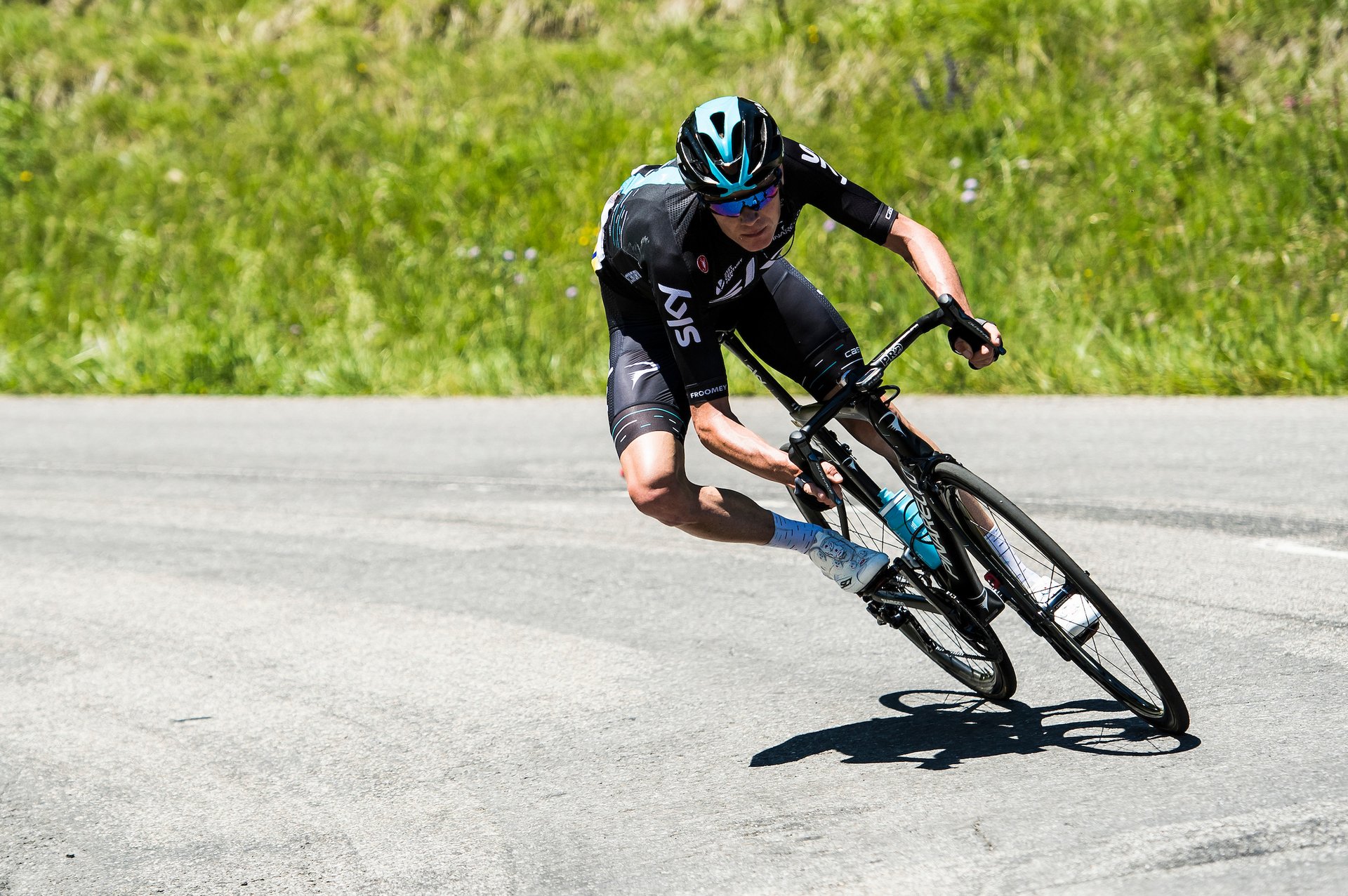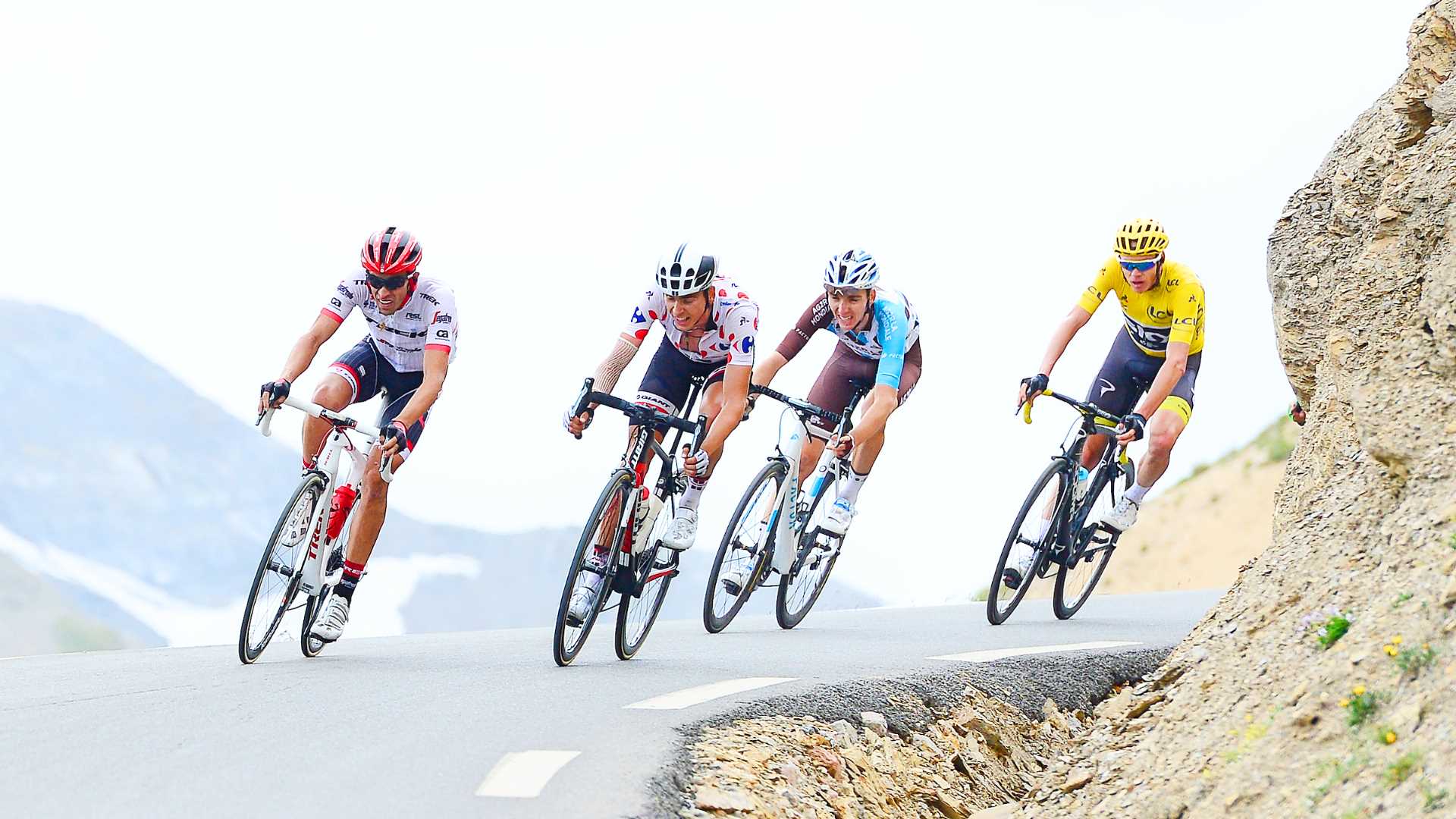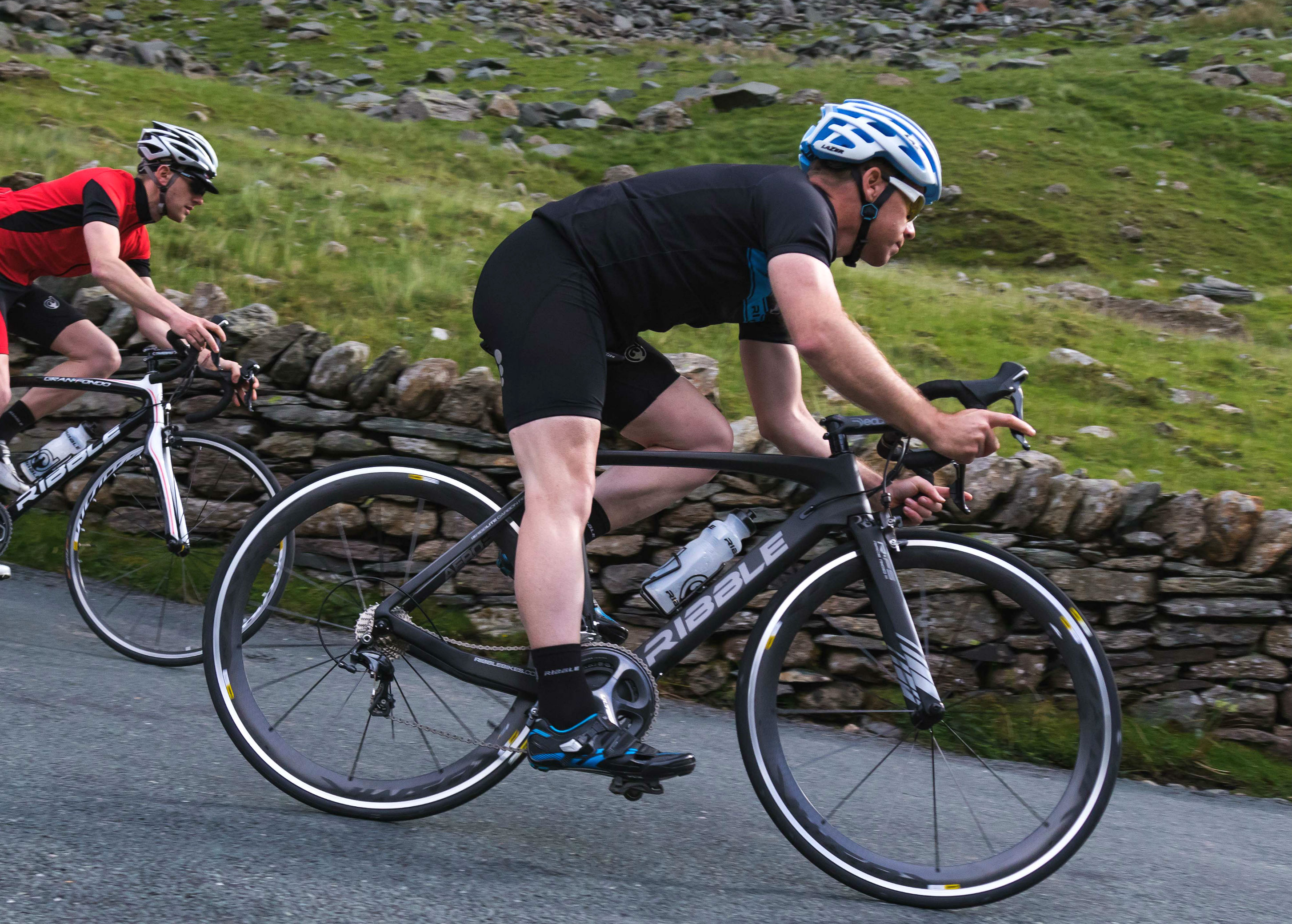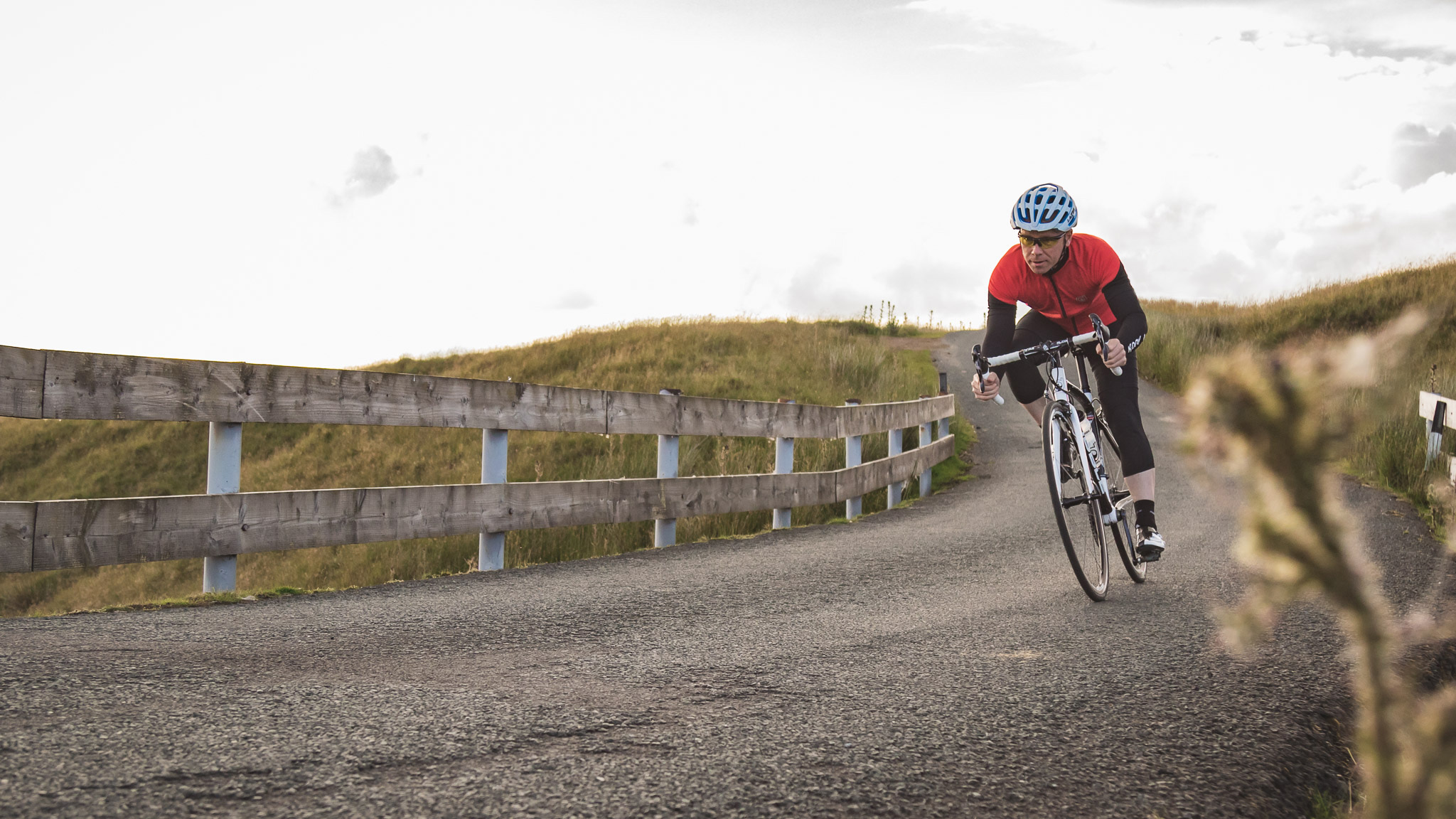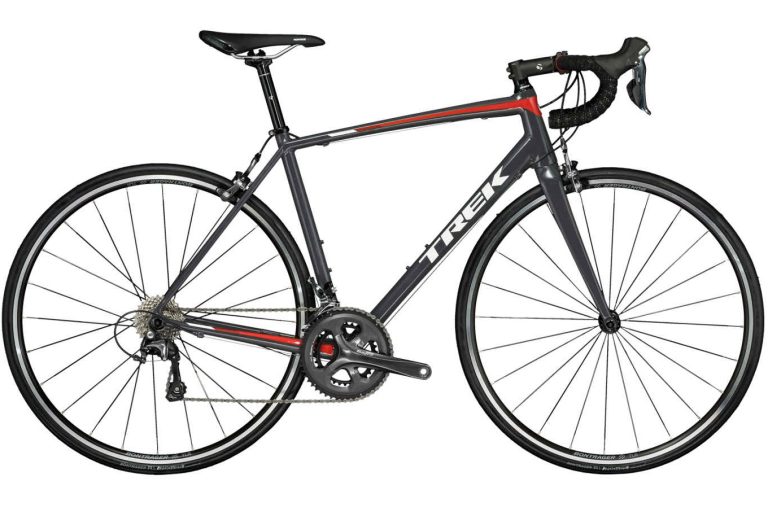As cyclists we often concentrate a lot on power outputs, heart rate, average speed and even how aerodynamic our kit is. However, what’s often forgotten is that cycling is a skill.
This is never more true that when descending. While your natural inclination when preparing for events, particularly those in the mountains, would be to climb more, it’s also vital to make sure you can get down the other side as quickly – and safely – as possible.
In transforming himself from also ran to four-time Tour de France champion, Chris Froome also focused on improving his descending ability, to the extent that Froome can now use it as a way to attack his rivals.
To improve any skill, you need to practice it – so here, in no particular order, are my top tips to help you become a better descender.
Wide-apex-wide
One of the first things you need to practice is getting your line right. In order to get around corners as quickly and smoothly as you can, you need to make the corner as open as possible.
In order to do this you need to find the straightest (yet safest) line through the corner. Essentially you want to do less turning in order to maintain more speed.
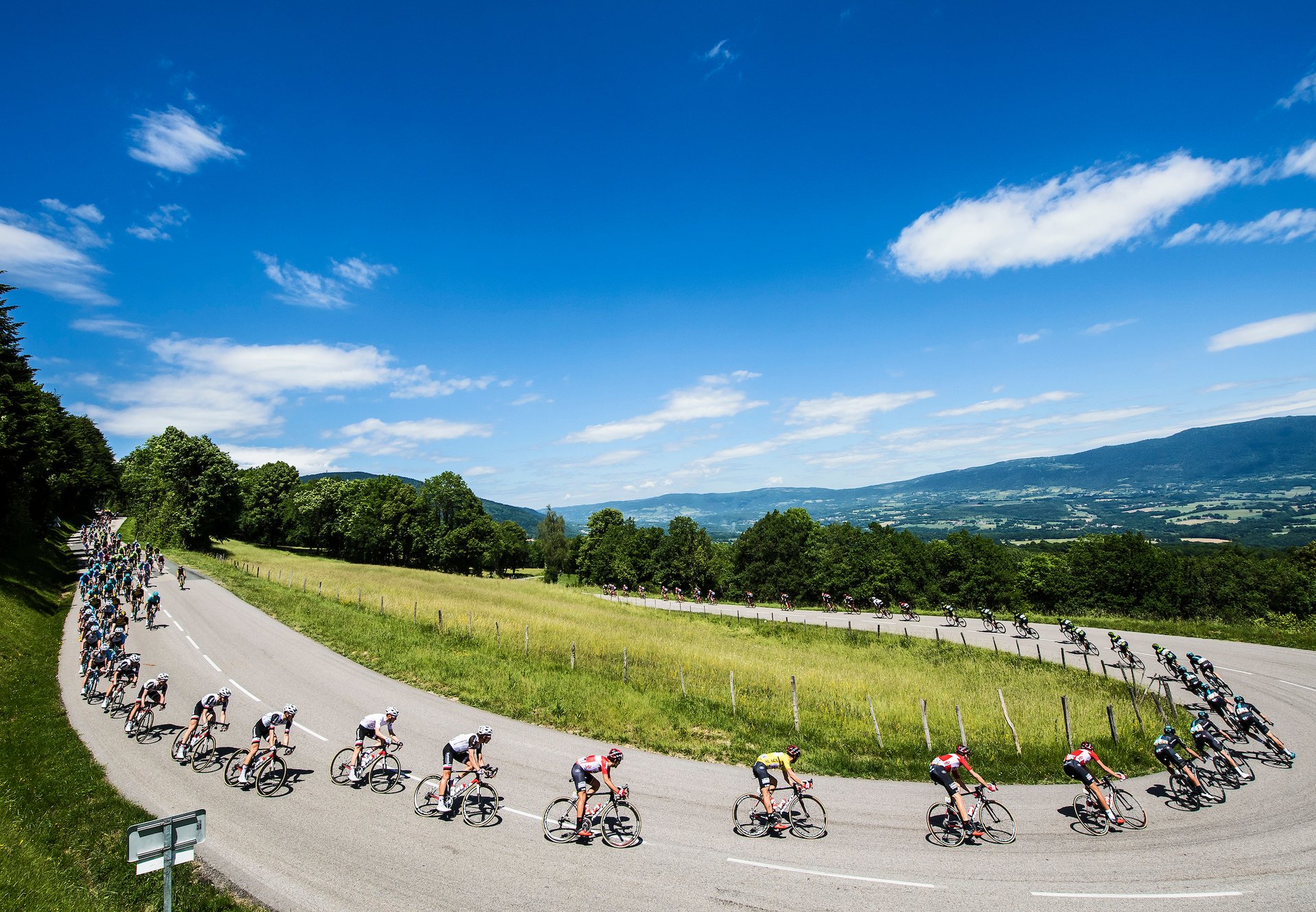
To make a corner as open as possible, you need to enter on the opposite side to the direction of a bend – so, on a left-hander, you need to enter on the right of your lane and vice versa.
Then you need to try and draw a straight line between your position on the road and the exit of the corner. To make this line as straight as possible it should exit the corner again at the widest point – again on the opposite side to the corner direction.
Where this line touches the inside of the corner (or your lane on the left-hand bend) is called the apex of the corner. As you enter the corner aim for the apex and then once you hit the apex aim for the exit point. The photo above shows the peloton taking this wide-apex-wide line through a corner.
The most important point here, however, is to make sure you choose a safe line. While the peloton is able to race on closed roads and use both lanes, make sure you have clear line of sight through a corner. Don’t take any risks – if you’re not riding on closed roads or aren’t 100 per cent sure the road is clear, stay well within your lane.

